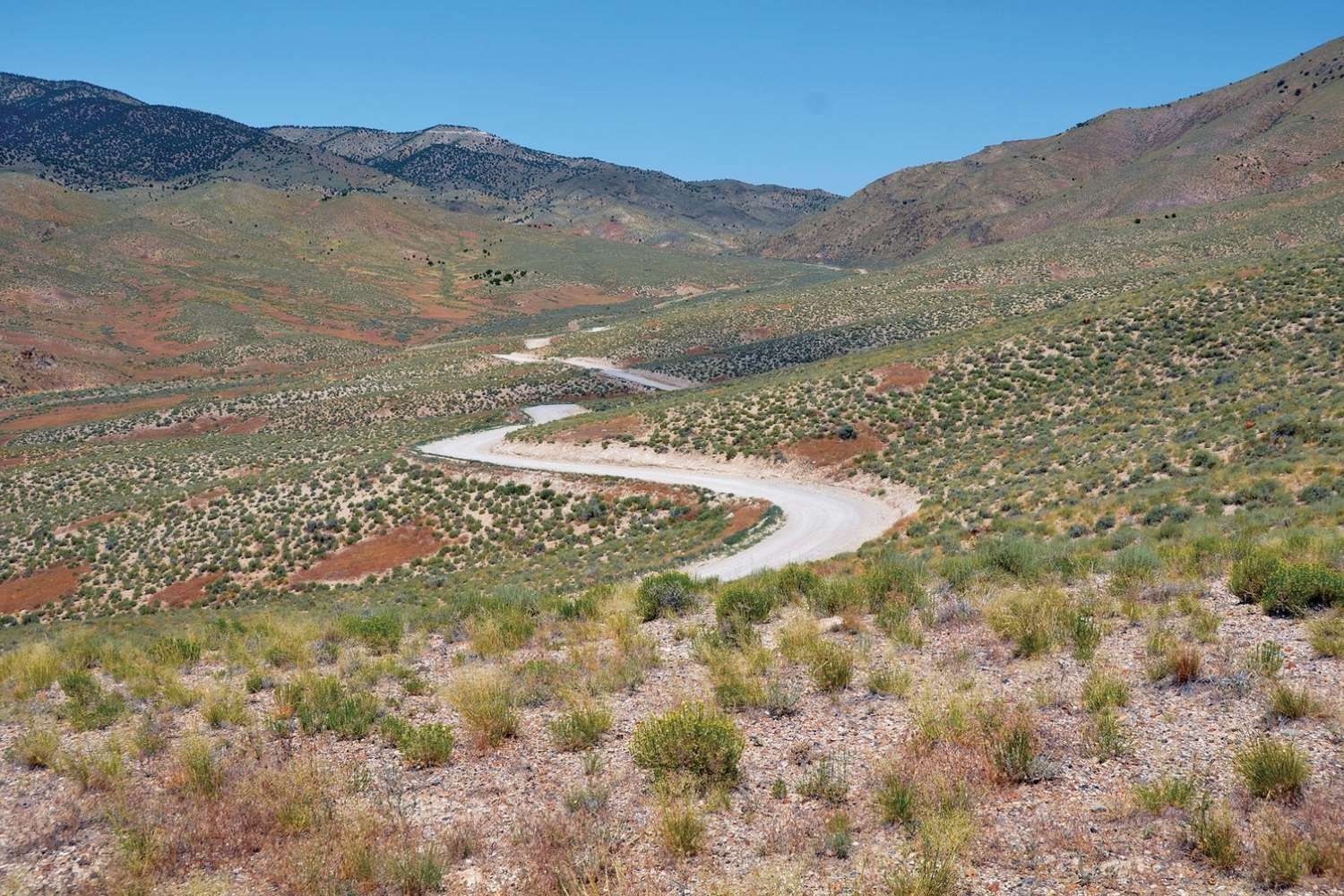Hidden Way Stations Of The Pony Express

Have you ever wondered about the hidden way stations of the Pony Express? These stops played a crucial role in the success of this legendary mail service. Riders would change horses and rest at these stations, ensuring the mail reached its destination quickly. Many of these way stations are now forgotten, but they once buzzed with activity. From remote cabins in the mountains to small outposts in the desert, each station had its own story. Join us as we uncover the secrets of these hidden gems and learn how they contributed to the history of the Pony Express.
Hidden Way Stations of the Pony Express
The Pony Express, a legendary mail service, operated from April 1860 to October 1861. Riders braved the wild frontier, delivering mail across nearly 2,000 miles. Along this route, hidden way stations provided crucial rest and resupply points. Let's uncover some of these lesser-known stops.
The Backbone of the Pony Express
These way stations, often overlooked, played a vital role in the success of the Pony Express. Riders and horses needed places to rest, eat, and switch mounts. Here are some hidden gems along the route:
Cold Springs Station, Nevada
- Located in the desolate Nevada desert, Cold Springs Station was a lifeline for riders. It provided fresh horses and a brief respite from the harsh conditions.
Rock Creek Station, Nebraska
- Nestled in the rolling plains of Nebraska, Rock Creek Station offered a crucial stop for riders. It was known for its reliable water source and sturdy corrals.
Sand Springs Station, Nevada
- Another Nevada station, Sand Springs, was infamous for its harsh environment. Despite the challenges, it served as a key resupply point.
Stations with Historical Significance
Some way stations hold historical importance beyond their role in the Pony Express. These locations witnessed significant events and changes during their operation.
Fort Laramie, Wyoming
- Fort Laramie, a military post, doubled as a Pony Express station. It played a pivotal role in protecting riders from potential threats.
Fort Churchill, Nevada
- This fort provided security and supplies for Pony Express riders. It later became a key military outpost during the Civil War.
Julesburg Station, Colorado
- Julesburg was a bustling hub, serving both the Pony Express and the Overland Stage Company. It was a vital link in the communication chain.
Remote and Rugged Stations
Some way stations were located in extremely remote and rugged areas. These stops tested the endurance of both riders and horses.
Ruby Valley Station, Nevada
- Situated in a remote valley, Ruby Valley Station was a challenging stop. Riders faced difficult terrain and unpredictable weather.
Egan Canyon Station, Nevada
- Egan Canyon, known for its treacherous landscape, was a daunting stop. Despite the dangers, it provided essential support for the Pony Express.
Smith Creek Station, Nevada
- Located in a secluded area, Smith Creek Station was a critical resupply point. Riders relied on its resources to continue their journey.
Stations with Unique Features
Some way stations stood out due to their unique features or services. These stops offered more than just the basics.
Carson City Station, Nevada
- Carson City Station, located in the bustling town, provided riders with access to additional amenities. It was a welcome change from the isolated stops.
Salt Lake City Station, Utah
- This station, in the heart of Salt Lake City, offered riders a chance to rest in a more urban setting. It was a rare luxury on the Pony Express route.
Fort Bridger, Wyoming
- Fort Bridger, a well-established trading post, provided extensive resources. Riders could restock on supplies and enjoy a brief respite.
The Legacy of the Pony Express
The Pony Express may have operated for a brief period, but its impact was significant. These hidden way stations were the unsung heroes, ensuring the success of this daring mail service. Each stop, with its unique challenges and features, contributed to the legend of the Pony Express.
The Legacy of the Pony Express Lives On
The Pony Express may have been short-lived, but its impact on American history is undeniable. Those hidden way stations scattered across the country tell stories of bravery, endurance, and innovation. They remind us of a time when communication was a perilous adventure, not a click away. Visiting these sites offers a unique glimpse into the past, connecting us to the riders who risked their lives to deliver the mail. Whether you're a history buff or just curious, exploring these way stations is a journey worth taking. The legacy of the Pony Express lives on in these hidden gems, waiting to be discovered by those willing to seek them out. So next time you plan a road trip, consider adding a few of these historic stops to your itinerary. You'll be walking in the footsteps of legends.

